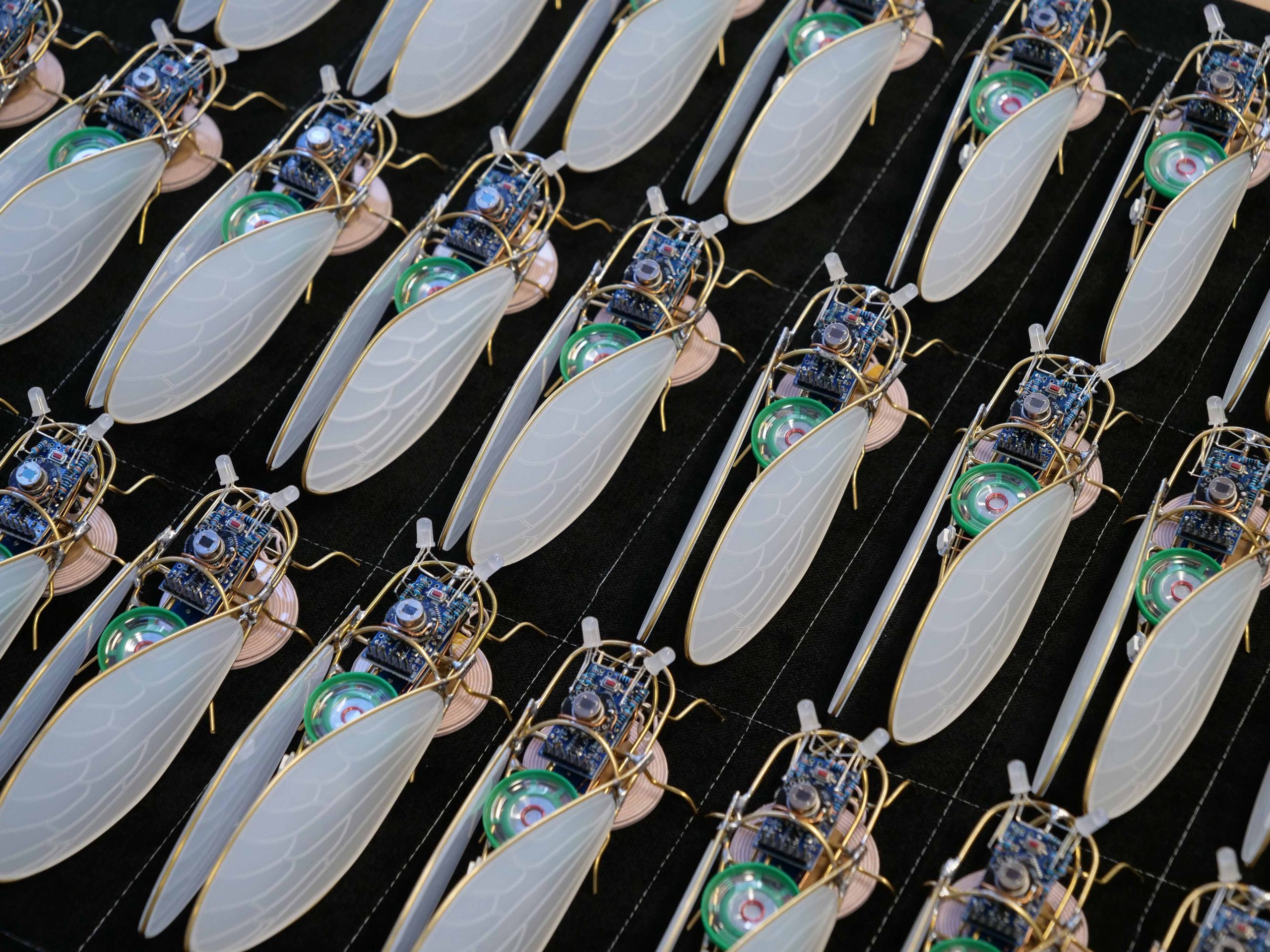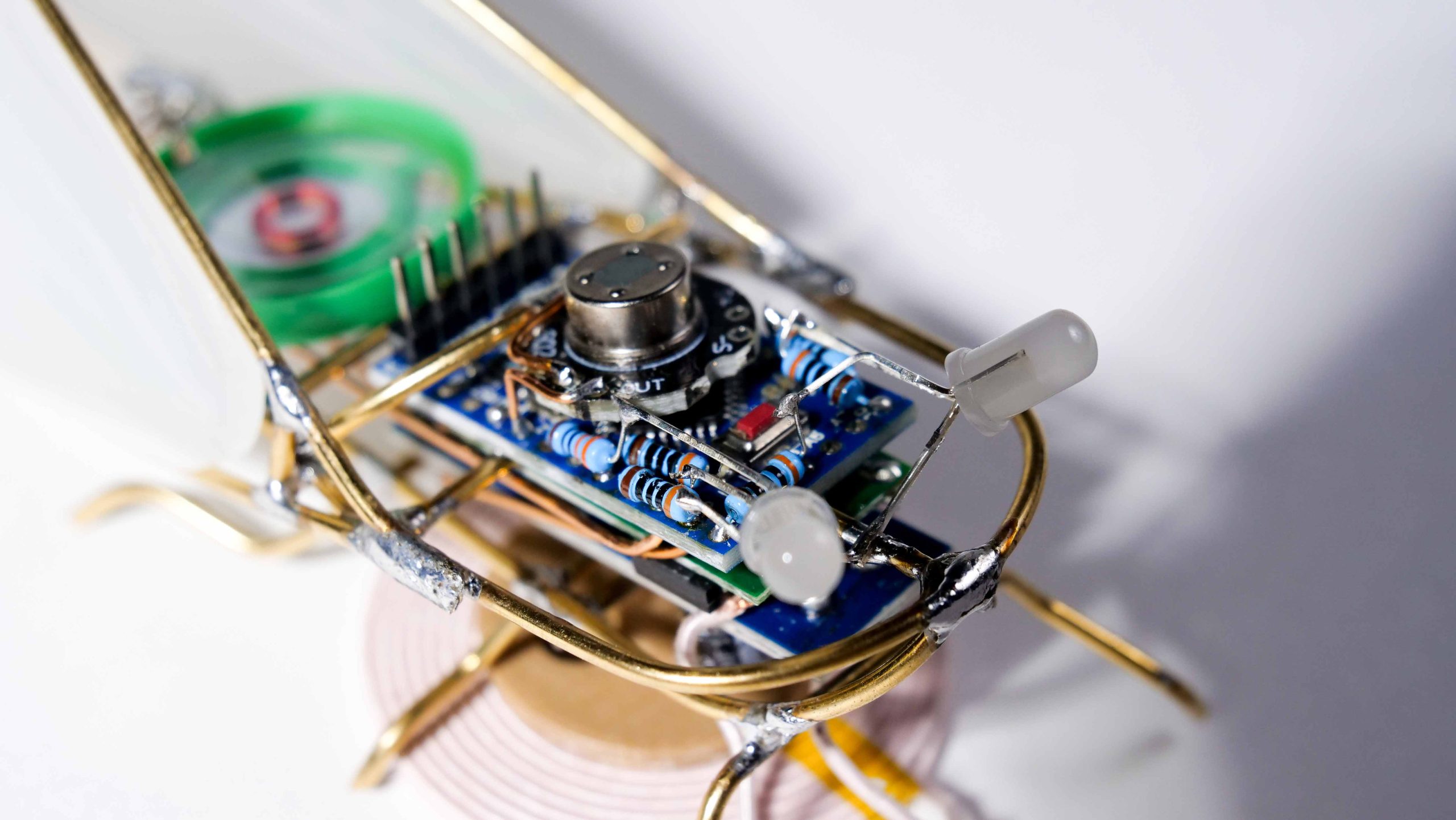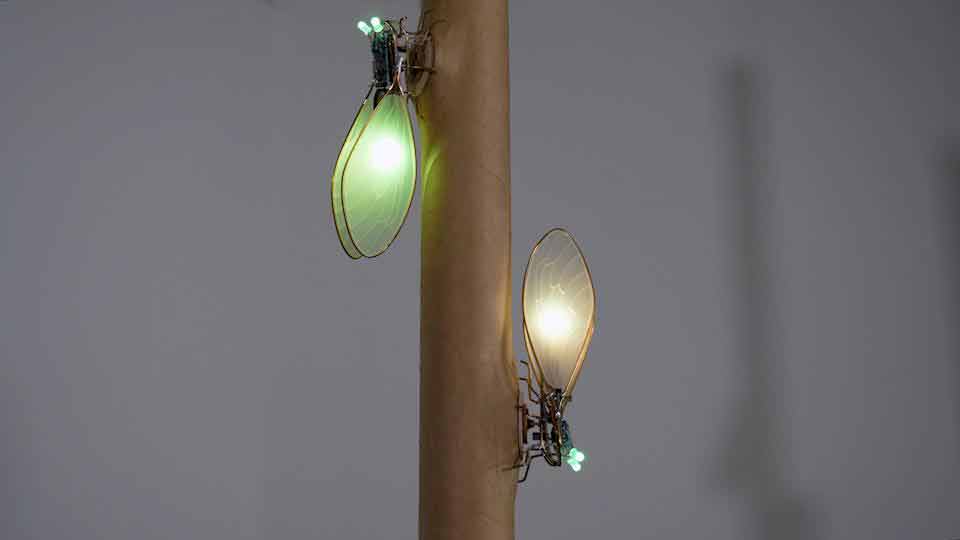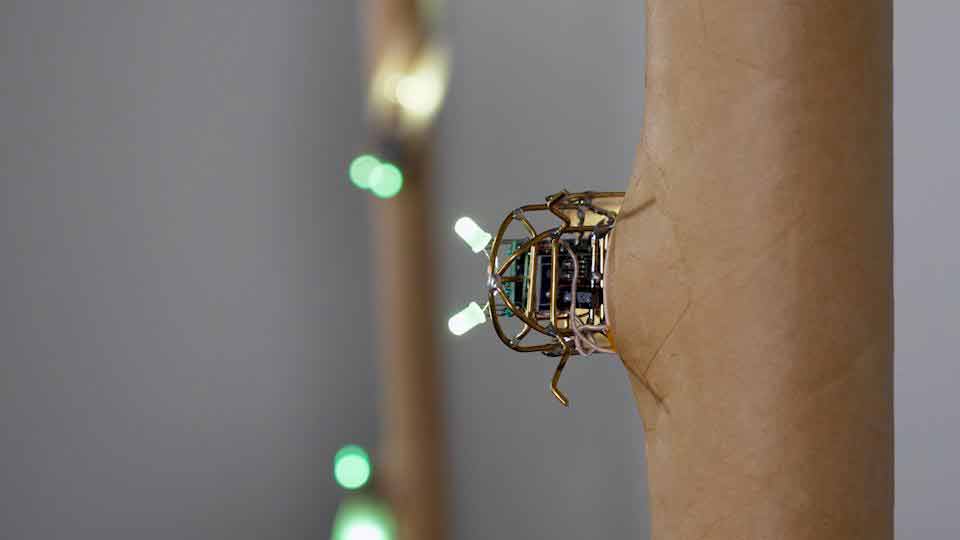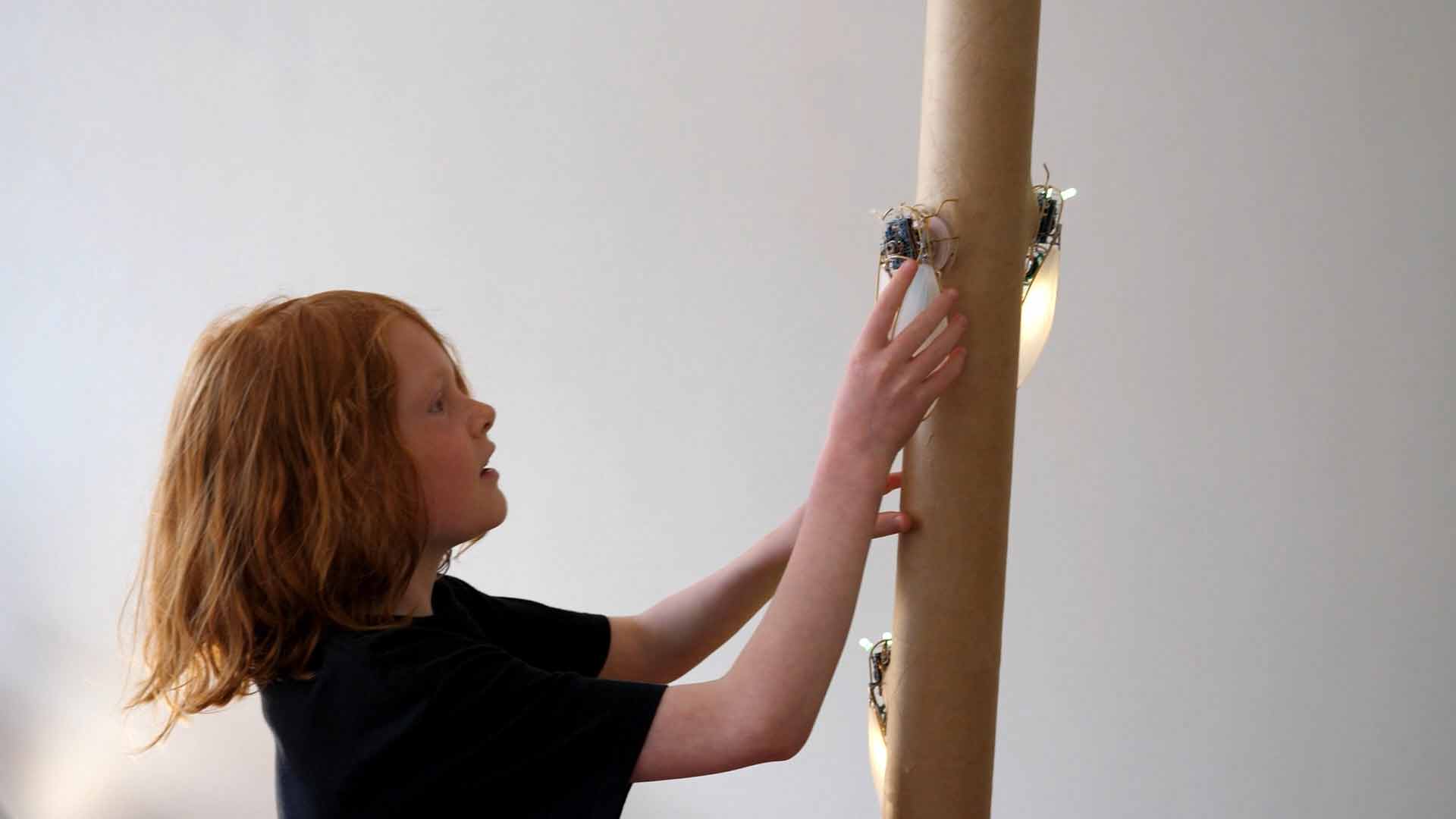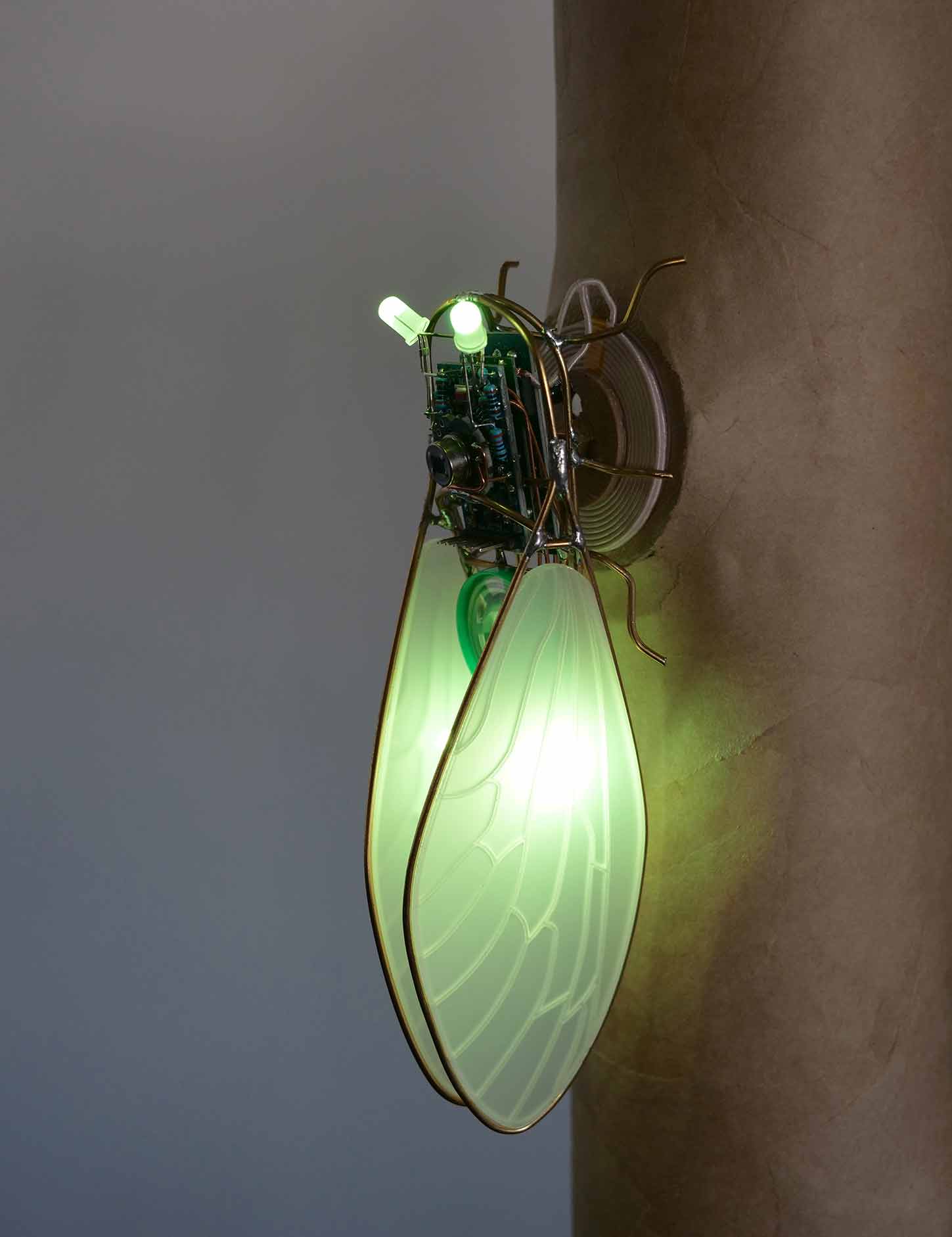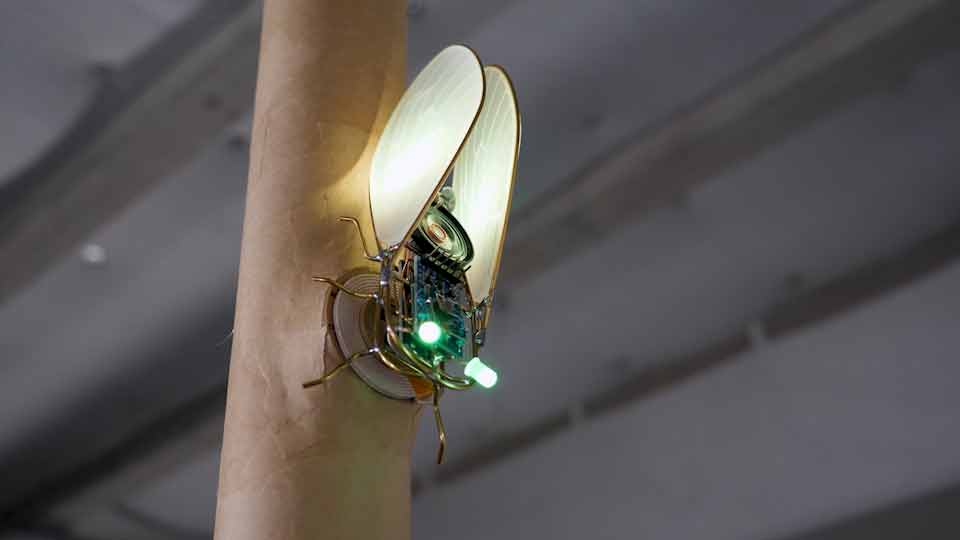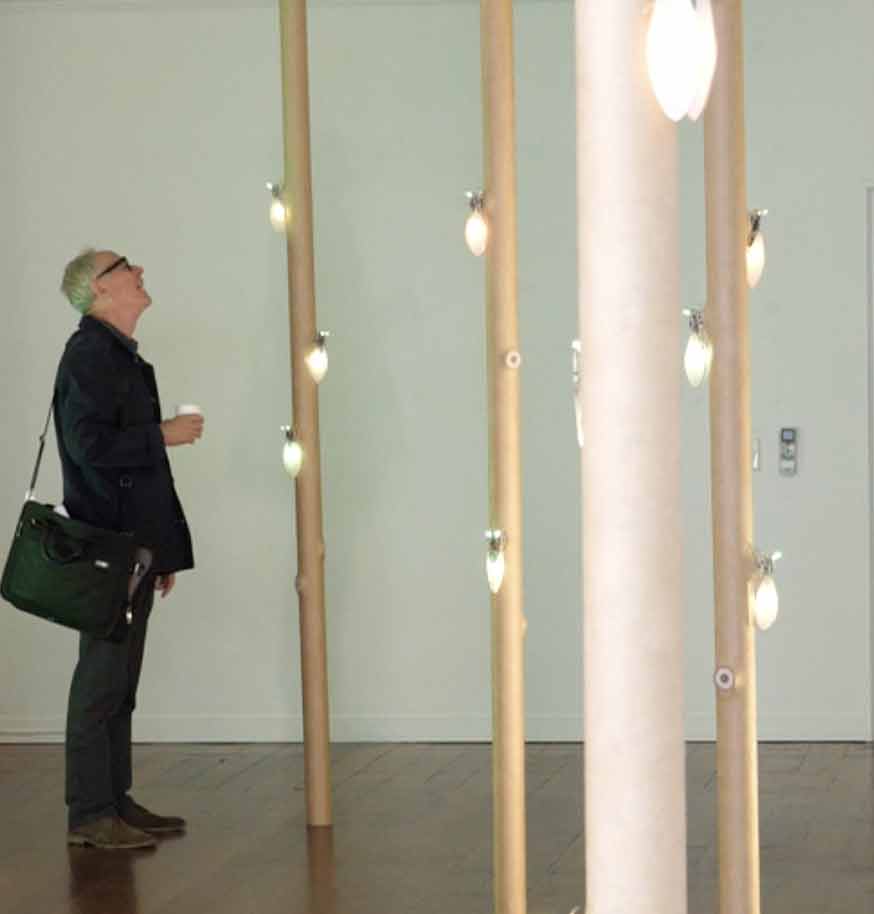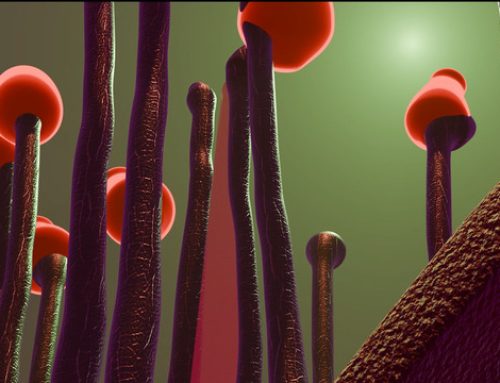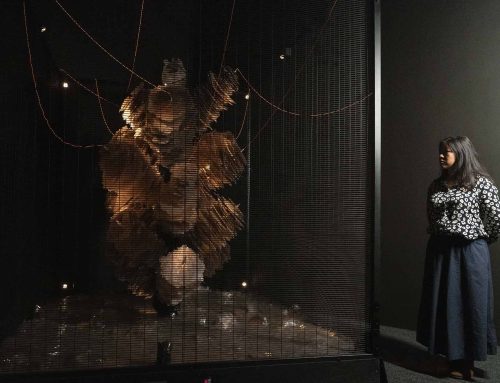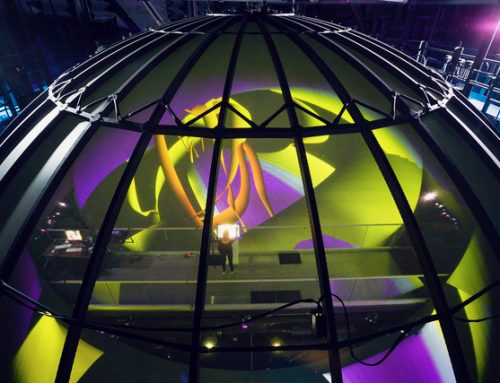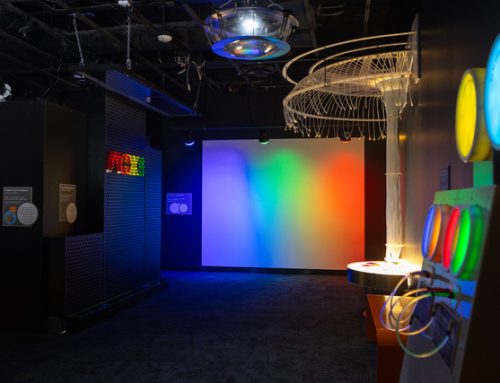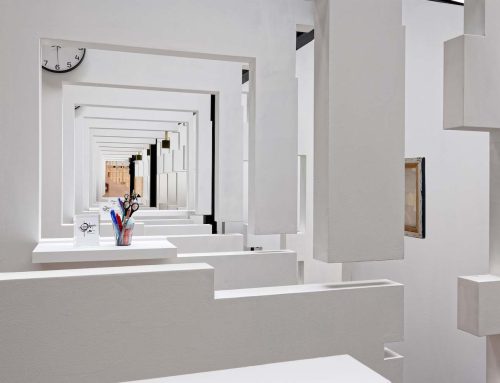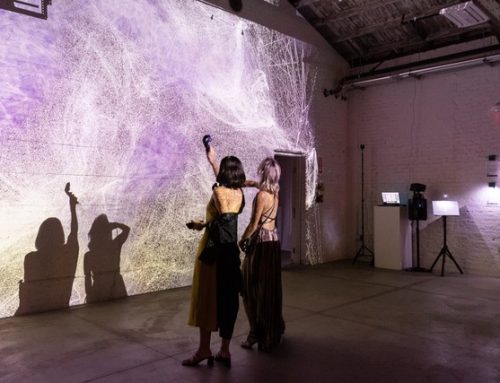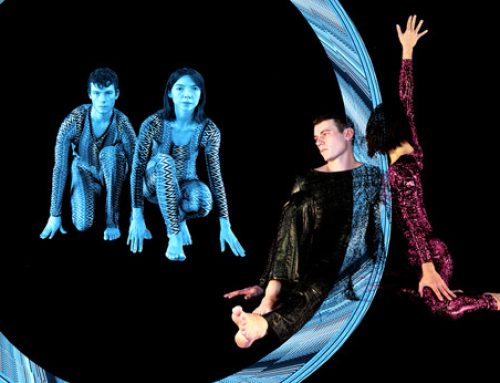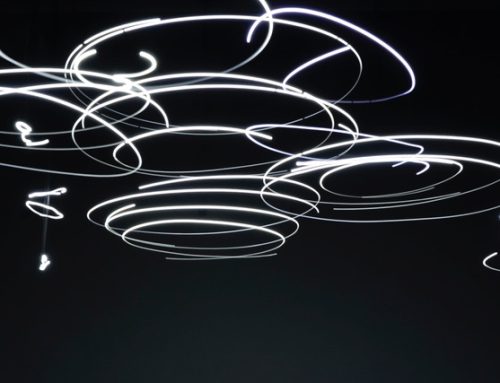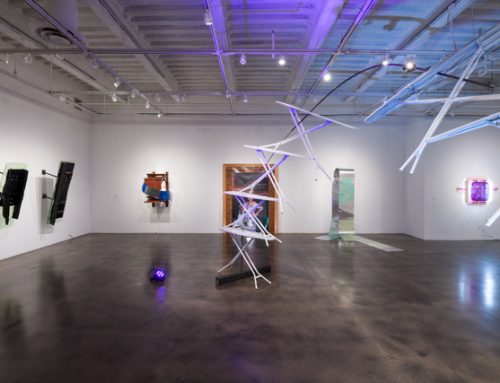ANNE NIEMETZ
KIHIKIHI
ELECTRONIC INSTALLATION
2024
Wellington, New Zealand
DESCRIPTION
Cicadas are the loudest insects in the world. In New Zealand, the most common species is the chorus cicada (Amphipsalta zelandica), renowned for its rhythmic and persistent sound that heralds the end of summer. Known in Māori as kihikihi wawā, kihikihi is an onomatopoeic term mimicking the cicada’s sound, while wawā means ‘to make a loud indistinct noise, roar, rumble’.
The Kihikihi project draws inspiration from the chorus cicada’s unique appearance, sound, and behavior. However, in many ways, it addresses the interrelationship of insects, plants, and humans in general – the shared ecosystem we all need for survival.
In the Kihikihi installation, the audience can activate ‘electronic insects’ by placing them on ‘electronic trees’. The audience is invited to explore the sonic, tactile and visual relationships through play: they can pick up insects, place them on the sculptural plants, explore successful placements, and once contact is made, the insect starts glowing and chirping. Each insect has a unique rhythm. The insects form an insect orchestra, their voices blending and interweaving into a polyrhythmic sound cloud.
The trees express themselves sonically as well, and contact with insects influences their sound in a subtle way. Emitting a gentle wind-like sound, the tree sculptures provide an airy layer to the beats of the insects. When an insect connects with a tree, the tree’s sound slightly softens, signifying the nuanced impact of interspecies connections.
While playful, Kihikihi invites reflection on insect decline and its broader implications. With robotic pollinators already in development, what are we losing – culturally and emotionally – if natural insects disappear? Who will sing for us in summer?
Te Aka Māori-English, English-Māori Dictionary, s.v. “kihikihi,” accessed October 25, 2024, www.maoridictionary.co.nz

